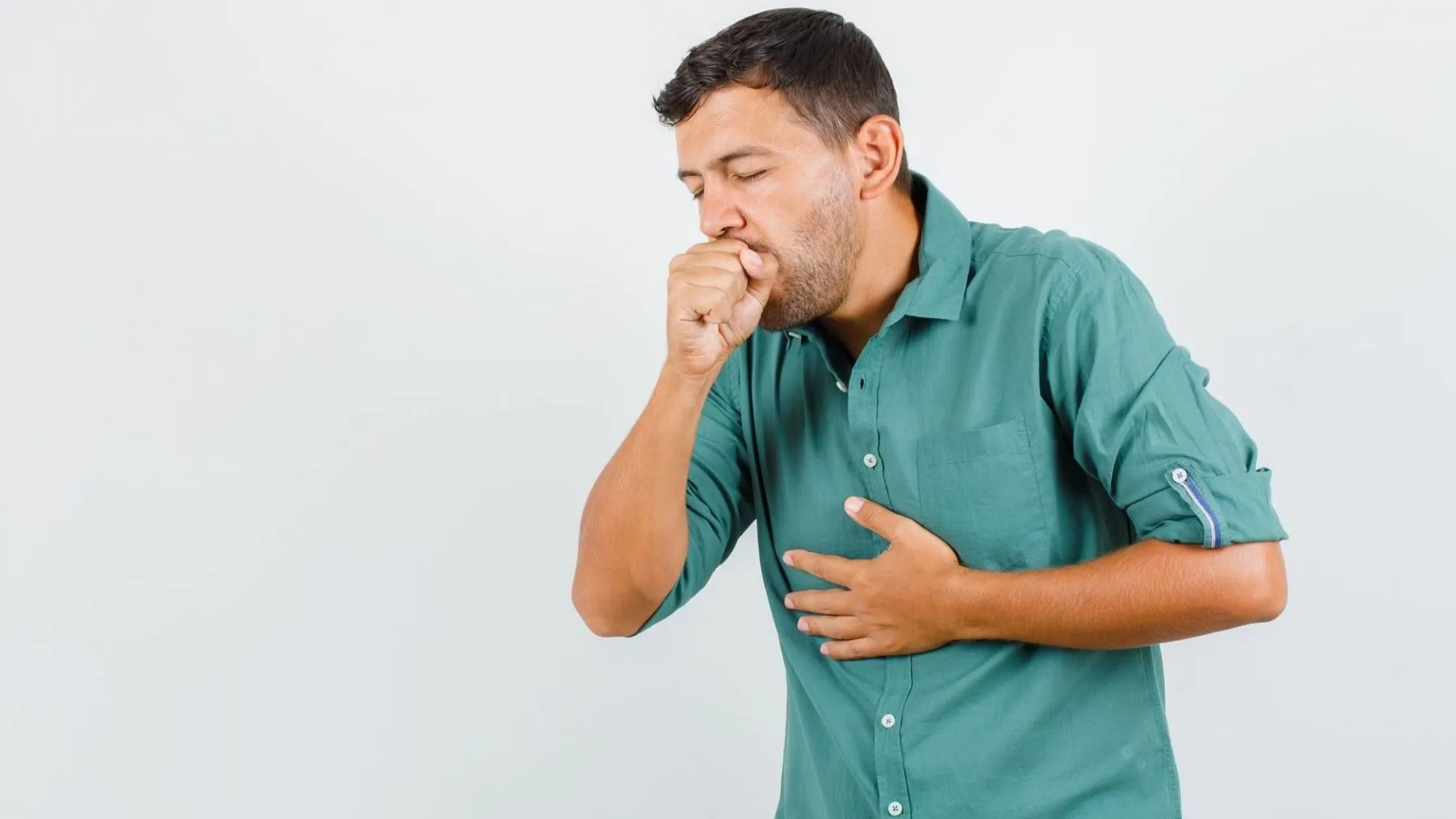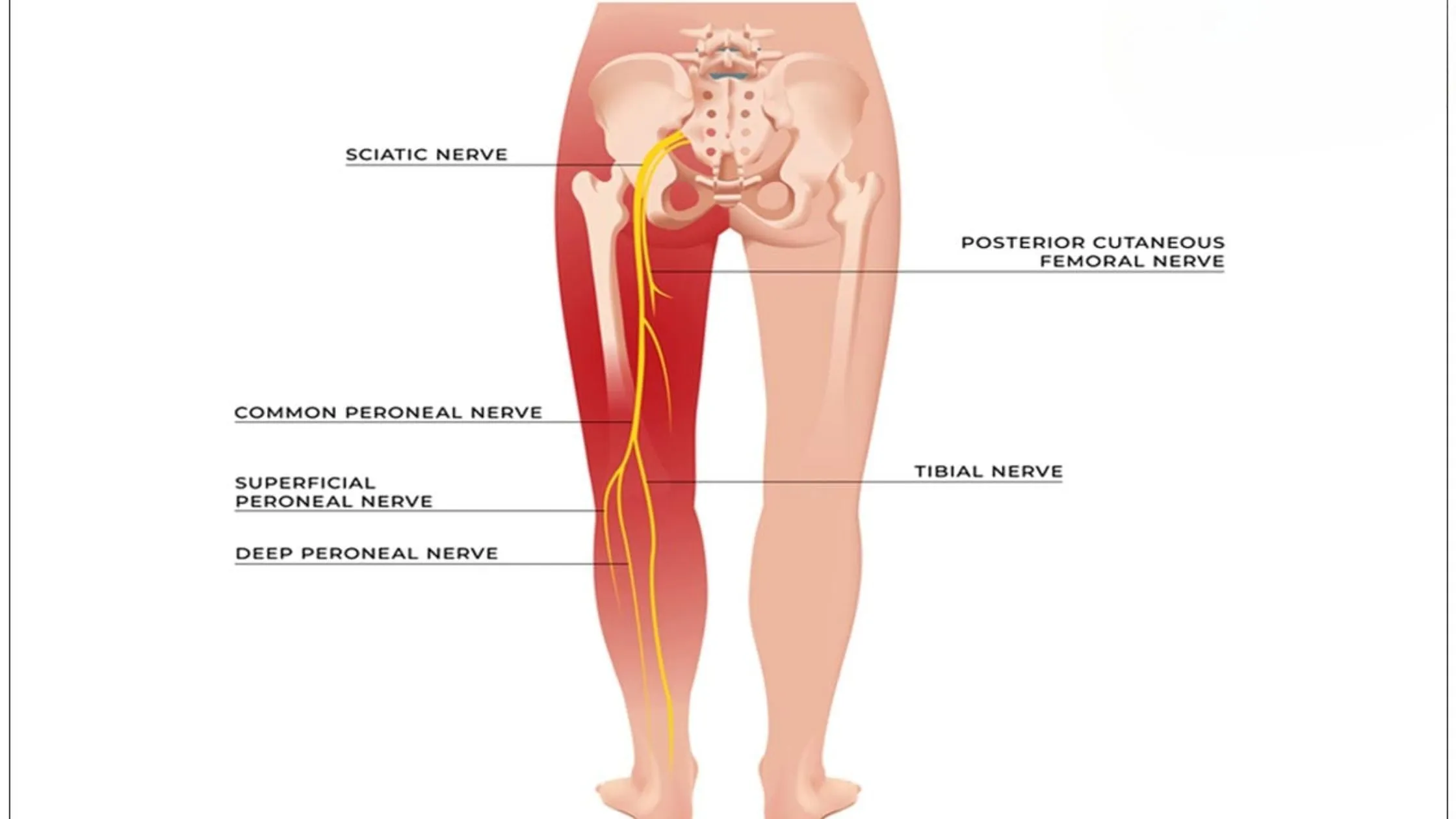Recognizing 10 Warning Signs of Mold Toxicity

Understanding the 10 warning signs of mold toxicity is like giving your home and health a solid defense. Mold, the sneaky intruder, can bring serious risks if we’re not on the lookout. Think of these 10 signs as your early-warning system, waving red flags for potential mold issues. It’s not just about the obvious stuff like coughing and wheezing; it’s also paying attention to subtle signs like feeling extra sensitive to light or facing cognitive challenges. By recognizing these signals, you’re not just alert to the problem – you’re taking charge of it. It’s about making your living space a healthier, safe haven by staying in the know and acting on those warnings.
10 Warning Signs of Mold Toxicity
1. Respiratory Issues
When it comes to mold toxicity, these respiratory hiccups are among the top 10 warning signs of mold toxicity. It is usually regarded as an early warning system, signaling that stealthy mold spores may be lurking somewhere they shouldn’t be. So, if you have mold in your home, you may experience a persistent cough, some wheezing, or the sensation that you’re running out of air faster than normal.
When we breathe in those tiny mold spores, they may cause havoc, especially for people who already have allergies or asthma. These tiny spores can generate a commotion by swelling our nasal passages and making it more difficult to breathe. It’s like an unpleasant guest staying too long.
So, if you’re locked in this cycle of coughs and sneezes it’s time to call in the experts. A thorough examination and some clever remediation may put an end to mold problems, allowing you to breathe better and enjoy a healthier interior environment. Trust your intuition, pay attention to your body, and let’s clear the air collectively.
Treatment
Bronchodilators, corticosteroids, and antihistamines are some of those medicines which are generally prescribed by doctors, when you’re dealing with respiratory issues from mold exposure.
2. Allergic Reactions
Mold spores sometimes react with symptoms like sneezing, a runny nose, itchy eyes, and skin rashes. But here’s the twist – these reactions might seem like regular allergies, so it is always important to know what are the causes of these symptoms, especially if these symptoms stick around indoors. You see, mold isn’t just a silent intruder; it’s also a producer of allergens, little troublemakers that can stir up allergic responses in folks who are a bit more sensitive.
Treatment
When dealing with those mold allergy symptoms, the antihistamines, nasal corticosteroids, and decongestants will be your MVPs. It is also advised to consult a healthcare professional when the symptoms get worse.
3. Fatigue and Weakness
Life under the influence of mold can be like carrying an invisible weight, sapping your energy and vitality. If you find yourself wrestling with constant fatigue, feeling like you’re running on empty despite a decent night’s rest, and your usual spark seems to have mysteriously vanished, mold toxicity might be the sneaky force pulling the strings behind the scenes.
Treatment
Dealing with mold toxicity can be a bit tricky on the medical front. There’s no magic pill to directly tackle it. Think of it like giving your immune system a little boost with some supplements. Your doc might also prescribe some meds to help manage those pesky symptoms.
4. Headaches and Migraines
Molds produce mycotoxins, which can cause inflammation in your body, including the blood passages in your brain. Headaches and migraines can result from this. Mold might be one of the causes of your increased headaches, especially while you’re inside. Keep a look out for this and, if necessary, take action.
Treatment
If you suffer headaches, your doctor may recommend medications and lifestyle modifications to help you feel better. But it’s also critical to locate and remove any mold that may be causing the issue. Mold experts, also known as mold remediation services, may inspect your property and properly remove any mold they uncover. This keeps you from being exposed to mold and developing additional headaches.
5. Joint Pain
Don’t disregard persistent joint pain unless a reason is identified. You may have greater discomfort in your muscles and joints if you have been subjected to mold toxicity. Joint pain can be also caused by a variety of circumstances, it’s vital to check your surroundings, including the possibility of mold, especially if you have other symptoms of mold toxicity. Taking note of these symptoms may assist you in recognizing and treating the probable relationship between joint discomfort and environmental factors such as mold.
Treatment
Begin by speaking with a healthcare professional to determine the amount of your joint discomfort and receive the finest guidance. They might suggest strategies to alleviate discomfort and prescribe anti-inflammatory medications. Next, locate and eradicate the mold that is causing the problem. Mold remediation specialists can ensure that your living areas are fully free of mold.
6. Digestive Issues
Even tummy problems are part of the 10 signs that show you might have a problem with mold in your place. Many don’t know that sometimes stomach issues are caused by mold exposure. When mold enters your stomach, it can produce a variety of digestive issues such as nausea, vomiting, a runny tummy, and stomach discomfort. So, if your stomach is acting up frequently, it might be a symptom of mold contamination.
Treatment
Firstly, make sure you get the right treatment for any stomach or digestive issues you’re facing. Next, find and get rid of the mold in your home or workplace. If the mold is hiding in places like walls or other secret spots, you might need professionals to remove it completely through a process called mold remediation.
7. Difficulty Concentrating
Molds can release harmful substances like mycotoxins that mess with your brain. If you’re having trouble focusing, remembering, or feel a bit cloudy, and can’t pinpoint why, consider checking if mold is the culprit.
Treatment
Talk to a healthcare professional to make sure you fully understand the thinking problems you’re having. Then, carefully check your home or workplace to find and fix any mold issues you might have.
8. Increased Sensitivity to Light
While not typically associated with mold exposure, an increased sensitivity to light, known as photophobia, could signal mold toxicity. This discomfort or pain from light may be linked to mold toxins affecting the nervous system. If you experience unexplained sensitivity to light, consider environmental factors like mold in your home or workplace.
Treatment
For dry or irritated eyes, try over-the-counter drops. Yet, consult an eye doctor or your regular physician to rule out other causes and get personalized advice.
9. Frequent Throat Irritation
When tiny mold particles sneak into your system, they make your throat feel a bit off. You might experience a scratchy feeling, some soreness, or a constant tickle – all signs that these tiny mold bits have made themselves at home in your throat. So, if your throat is giving you grief, chances are it’s because you’ve unintentionally invited these mold intruders in through your breath.
Treatment
If you’re dealing with irritation, you can grab some over-the-counter antihistamines or throat lozenges for a quick fix. But, the real deal is finding and kicking out that pesky mold from your place. Chat with a healthcare pro about medicines that can help you handle your symptoms better. And if tackling the mold feels a bit overwhelming, consider bringing in the experts.
10. Visible Mold Growth
When you observe visible mold forming in your house, you may quickly detect mold toxicity. Mold can have a variety of appearances, such as varied colors or a fuzzy appearance. If you see any patches or places that don’t appear correct, it’s critical to investigate and resolve the issue as quickly as possible.
Treatment
It is risky to remove visible mold on your own. Getting rid of visible mold growth requires the help of professionals. Certified experts in mold removal will check how much mold is around, make sure it doesn’t spread, and safely get rid of it. Doing this stops mold spores from going everywhere and lowers the chance of having health issues later on.
How to Prevent Mold in Your Home?
Don’t brush off the 10 warning signs of mold toxicity – it’s important to take them seriously. When you want to keep your home free from mold, imagine you’re giving it a bit of extra care. Make sure your home gets plenty of fresh air by keeping things well-ventilated; this helps to get rid of mold. Look around your home like a detective – check and fix leaks quickly because damp areas are like a cozy welcome mat for mold.
Keep the humidity inside your home under control, ideally below 50%, by using a reliable dehumidifier, especially in places where it’s often damp, like basements and bathrooms. Give your home a regular cleaning, paying extra attention to spots where mold likes to hang out – bathrooms, kitchens, and those sneaky window sills.
By making these preventive steps a habit, you’re not just keeping mold away; you’re creating a comfy, mold-free space for yourself.








